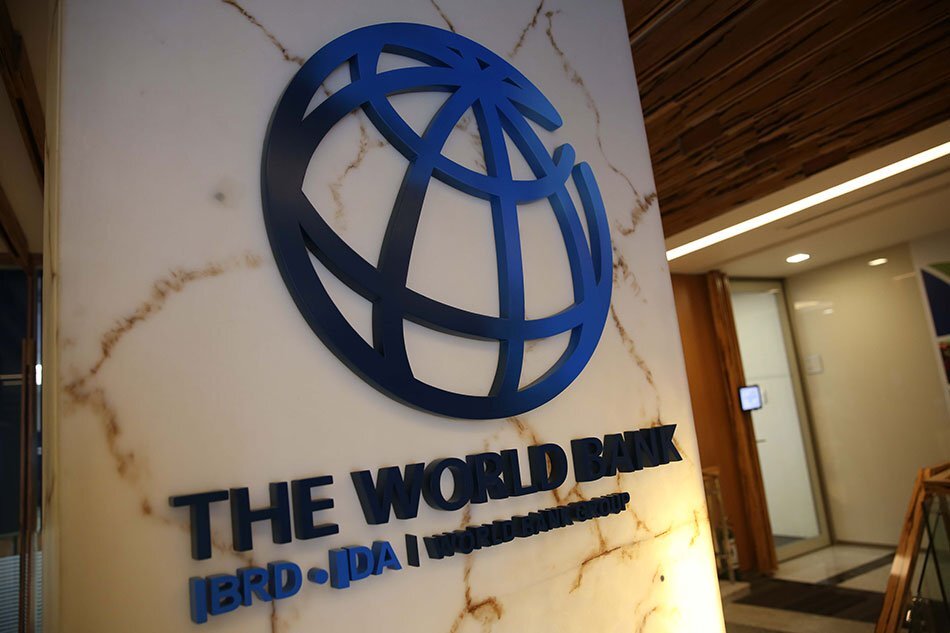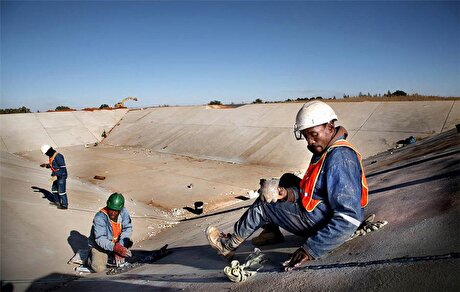
Iran’s external debt in 2018 down 6.5% on year: WB

As per the data published by WB, Iran’s foreign debts decreased by $437 million in 2018 compared to its preceding year.
Based on the report, of the country’s total external debt at the end of 2018, $382 million was related to long-term debts, while $3.959 billion was the share of short-term debts, and $1.983 billion pertained to International Monetary Fund (IMF) credit lines.
The bank also reported the total foreign direct investment (FDI) in Iran in the past year at $3.481 billion, down 30 percent from the same period a year earlier.
In early September, Central Bank of Iran (CBI) published a report based on which Iran’s debts to foreign lenders in the end of the third Iranian month of Khordad (June 21, 2019) stood at $8.678 billion, showing seven percent decrease compared to the announced figure at the end of the past Iranian calendar year (March 20, 2019).
According to the data, of the total $8.678 billion, $6.969 billion was mid-term and long-term debts and $1.708 billion was short-term debts.
As reported, Iran’s foreign debts were $9.339 billion at the end of the past Iranian calendar year.
The country’s external debts stood at $8.816 billion at the end of the second Iranian calendar month of Ordibehesht (May, 21), the CBI data showed.
Back in July, CBI published a report saying that Iran’s foreign debt at the end of the last Iranian calendar year decreased nearly 17 percent compared to the figure for the preceding year.
The report indicated that of the country’s total external debt in the mentioned date, $7.187 billion was long and medium-term debt while short-term debt accounted for $2.151 billion.
External debt is the portion of a country's debt that was borrowed from foreign lenders including commercial banks, governments or international financial institutions. These loans, including interest, must usually be paid in the currency in which the loan was made.


Hindustan Zinc to invest $438 million to build reprocessing plant

Gold price edges up as market awaits Fed minutes, Powell speech

Glencore trader who led ill-fated battery recycling push to exit

UBS lifts 2026 gold forecasts on US macro risks

Emirates Global Aluminium unit to exit Guinea after mine seized

Roshel, Swebor partner to produce ballistic-grade steel in Canada

Iron ore price dips on China blast furnace cuts, US trade restrictions

South Africa mining lobby gives draft law feedback with concerns

EverMetal launches US-based critical metals recycling platform

Barrick’s Reko Diq in line for $410M ADB backing

Gold price gains 1% as Powell gives dovish signal

Electra converts debt, launches $30M raise to jumpstart stalled cobalt refinery

Gold boom drives rising costs for Aussie producers

Vulcan Elements enters US rare earth magnet manufacturing race

Trump raises stakes over Resolution Copper project with BHP, Rio Tinto CEOs at White House

US seeks to stockpile cobalt for first time in decades

Trump weighs using $2 billion in CHIPS Act funding for critical minerals

Nevada army depot to serve as base for first US strategic minerals stockpile

Emirates Global Aluminium unit to exit Guinea after mine seized

Barrick’s Reko Diq in line for $410M ADB backing

Gold price gains 1% as Powell gives dovish signal

Electra converts debt, launches $30M raise to jumpstart stalled cobalt refinery

Gold boom drives rising costs for Aussie producers

Vulcan Elements enters US rare earth magnet manufacturing race

US seeks to stockpile cobalt for first time in decades

Trump weighs using $2 billion in CHIPS Act funding for critical minerals

Nevada army depot to serve as base for first US strategic minerals stockpile

Tailings could meet much of US critical mineral demand – study
















